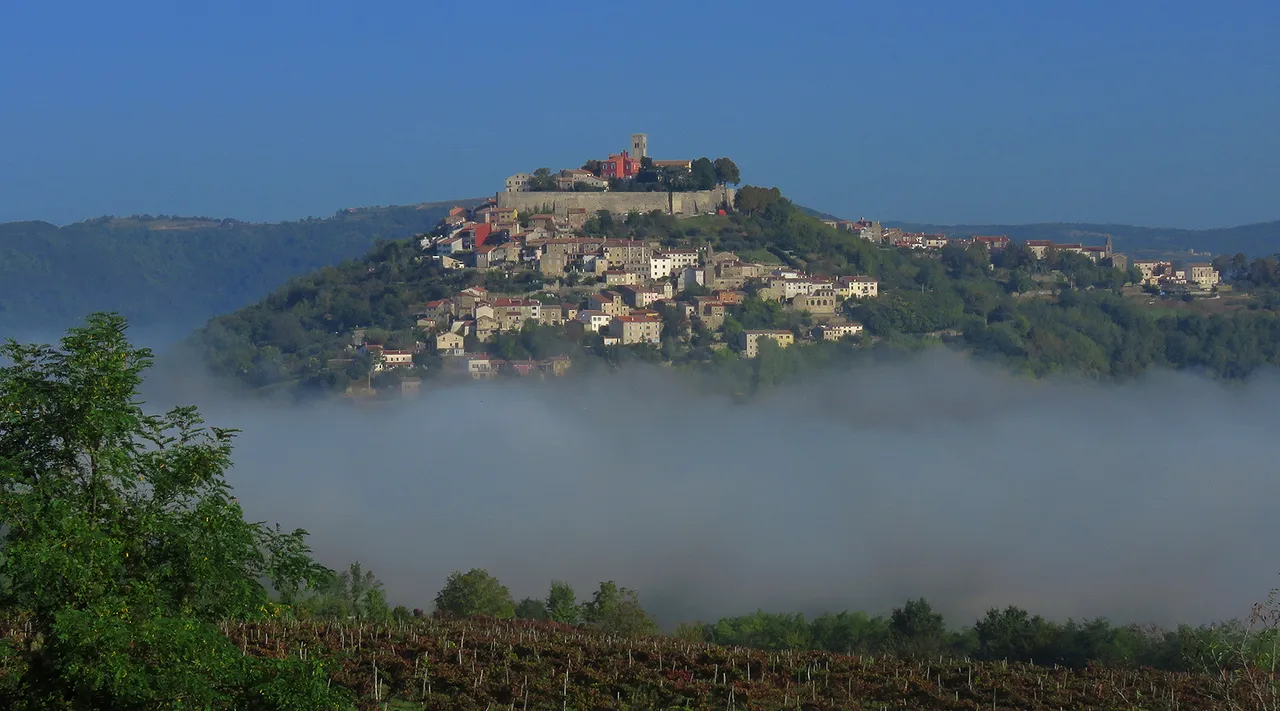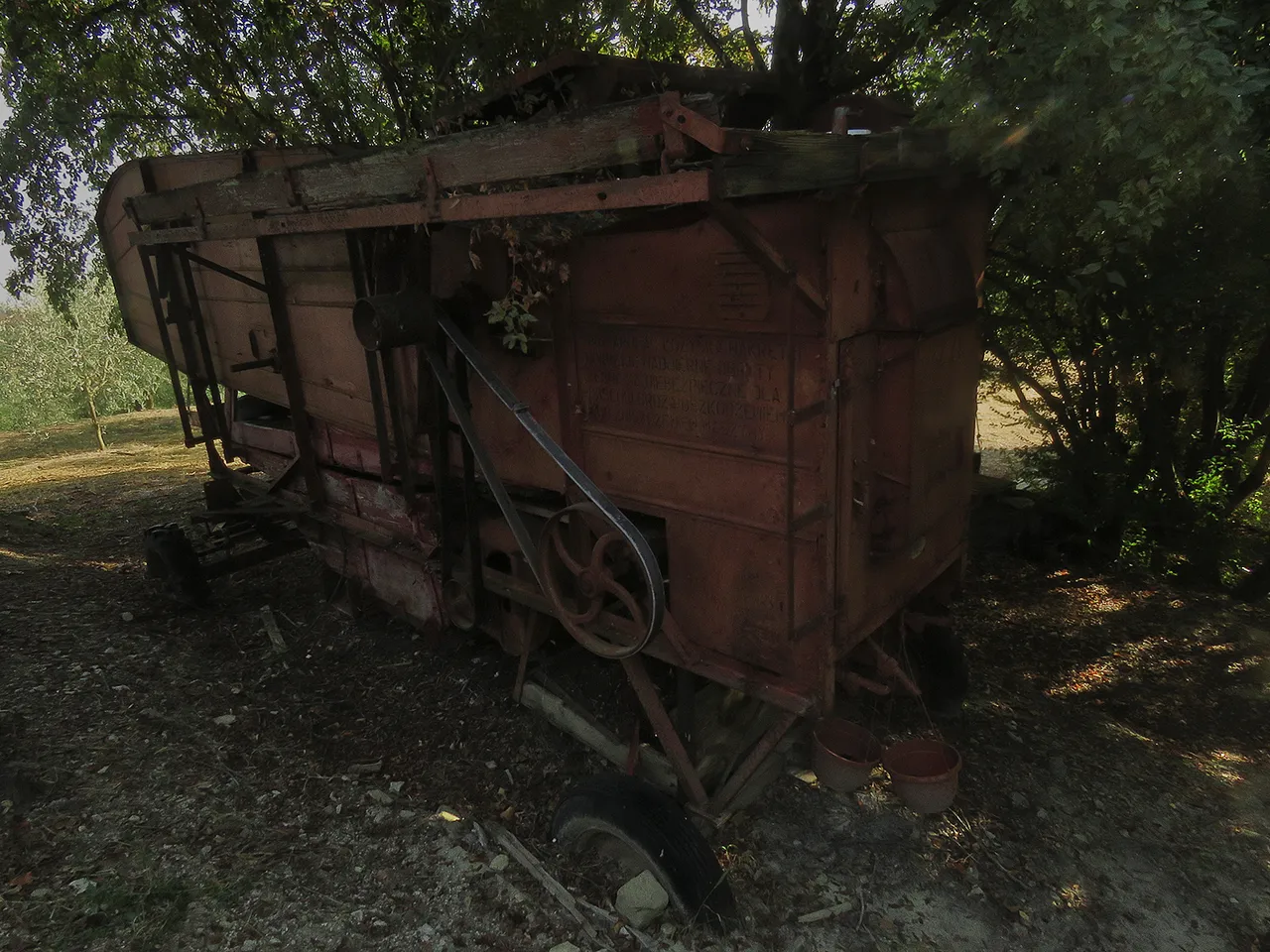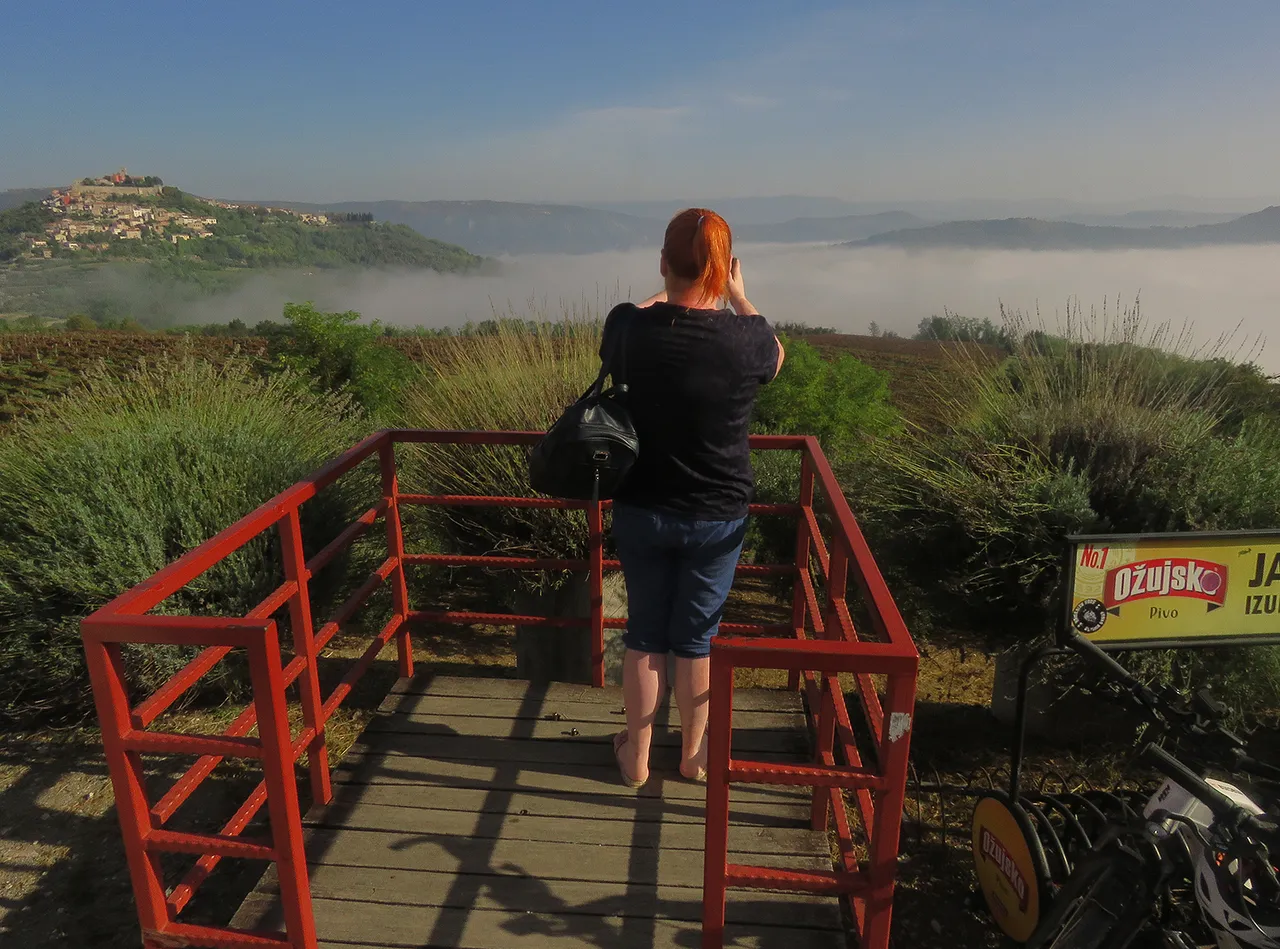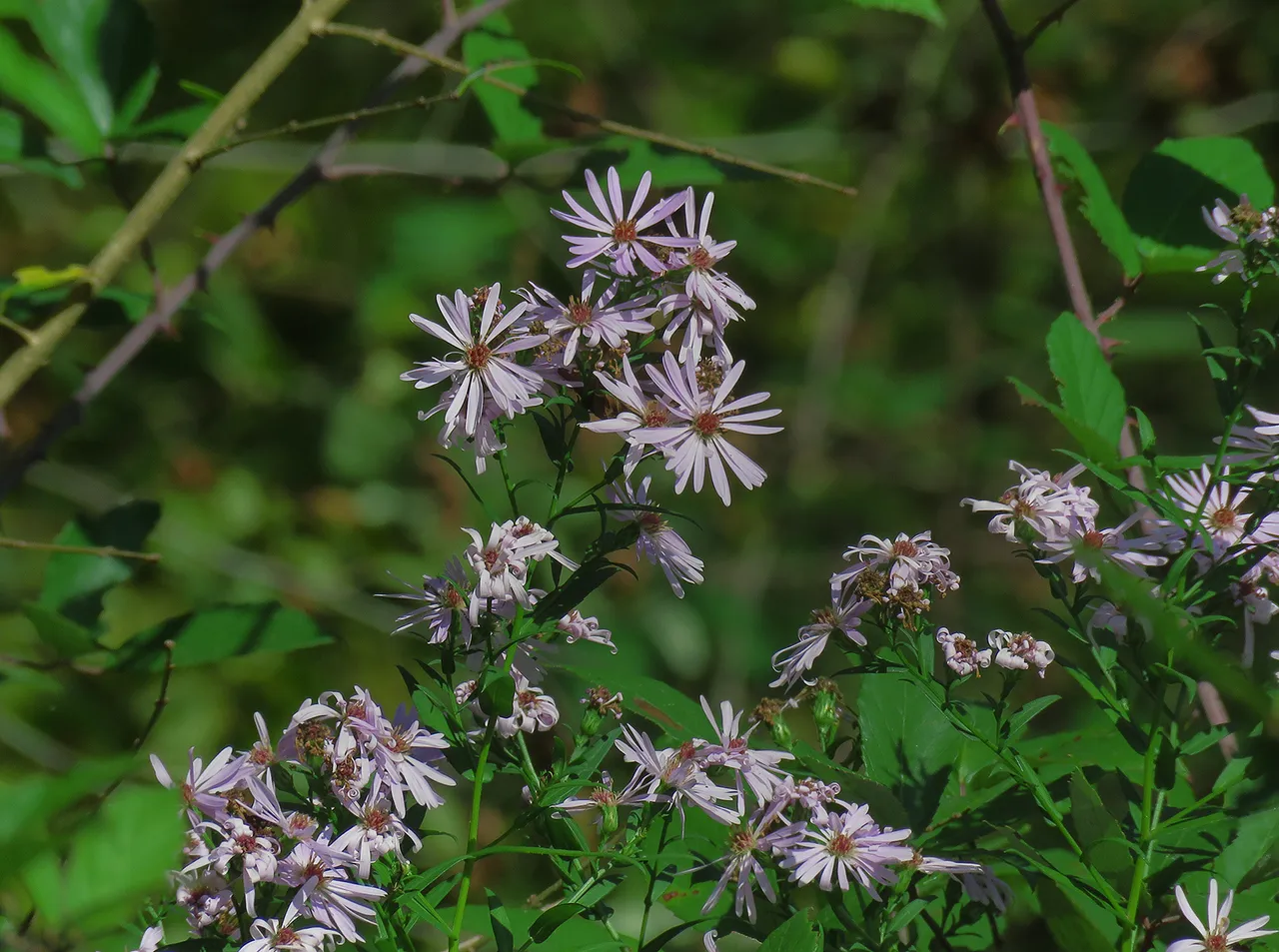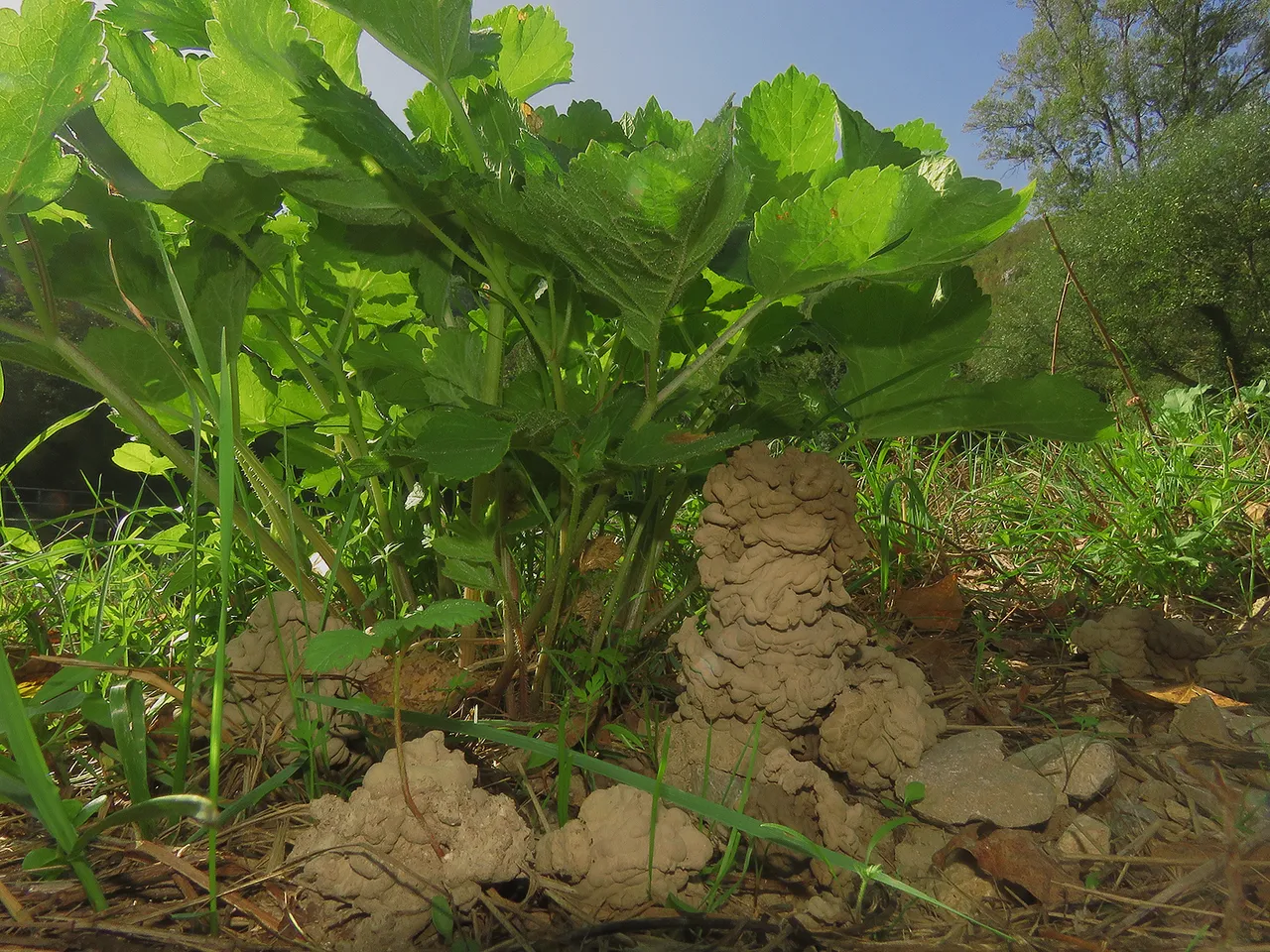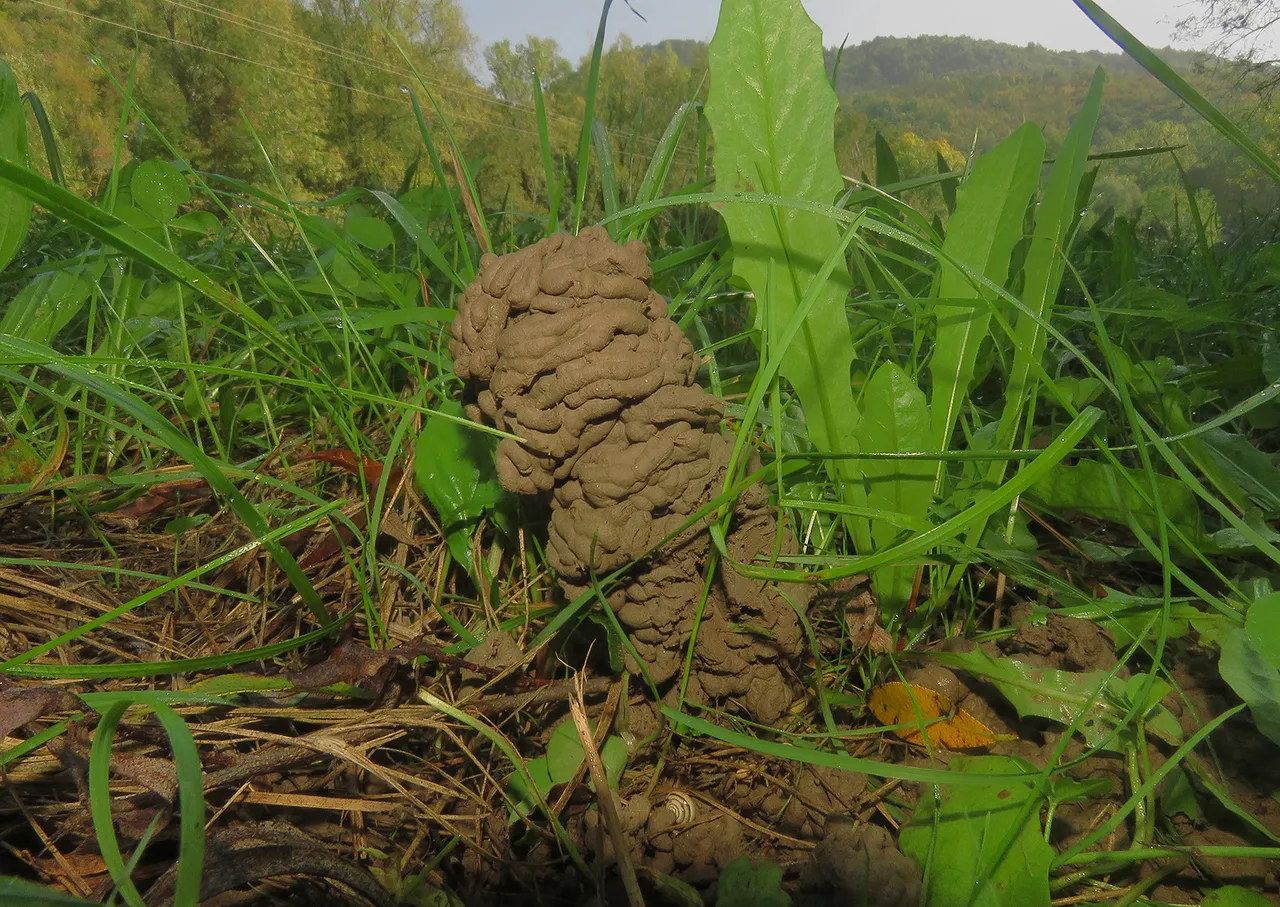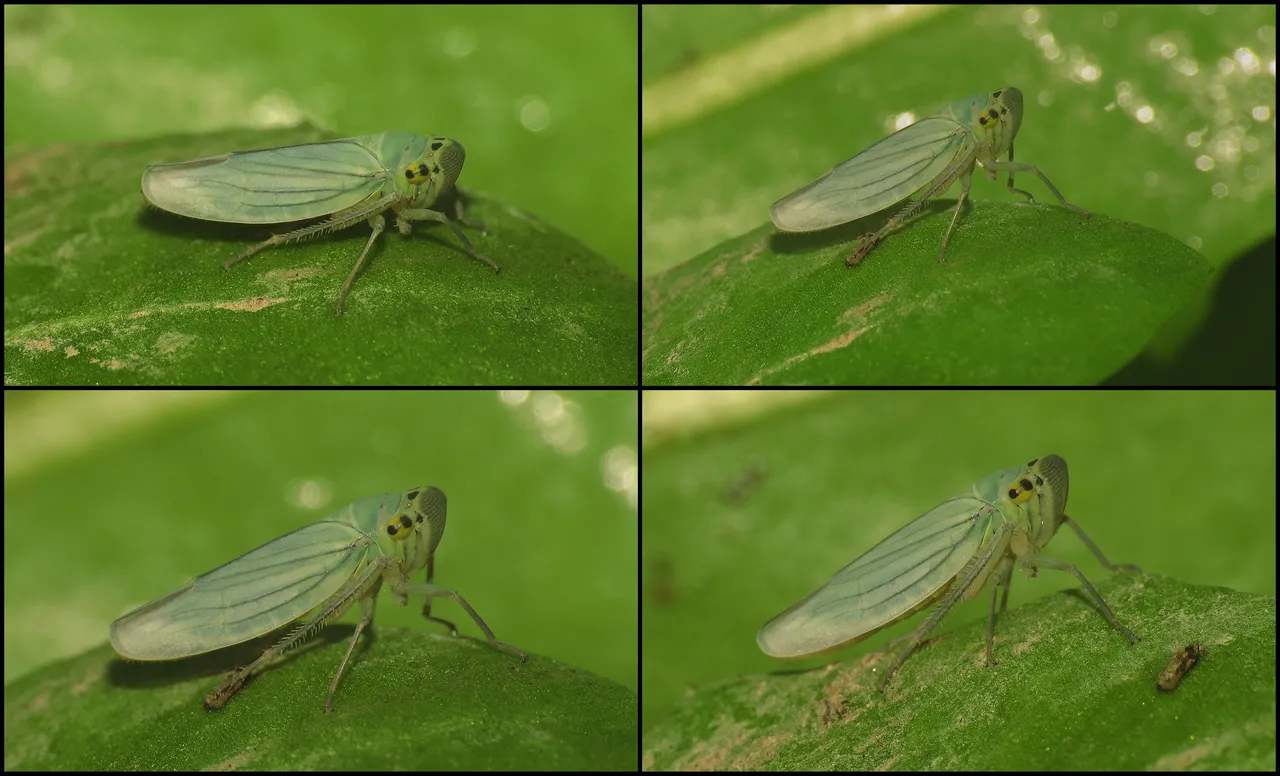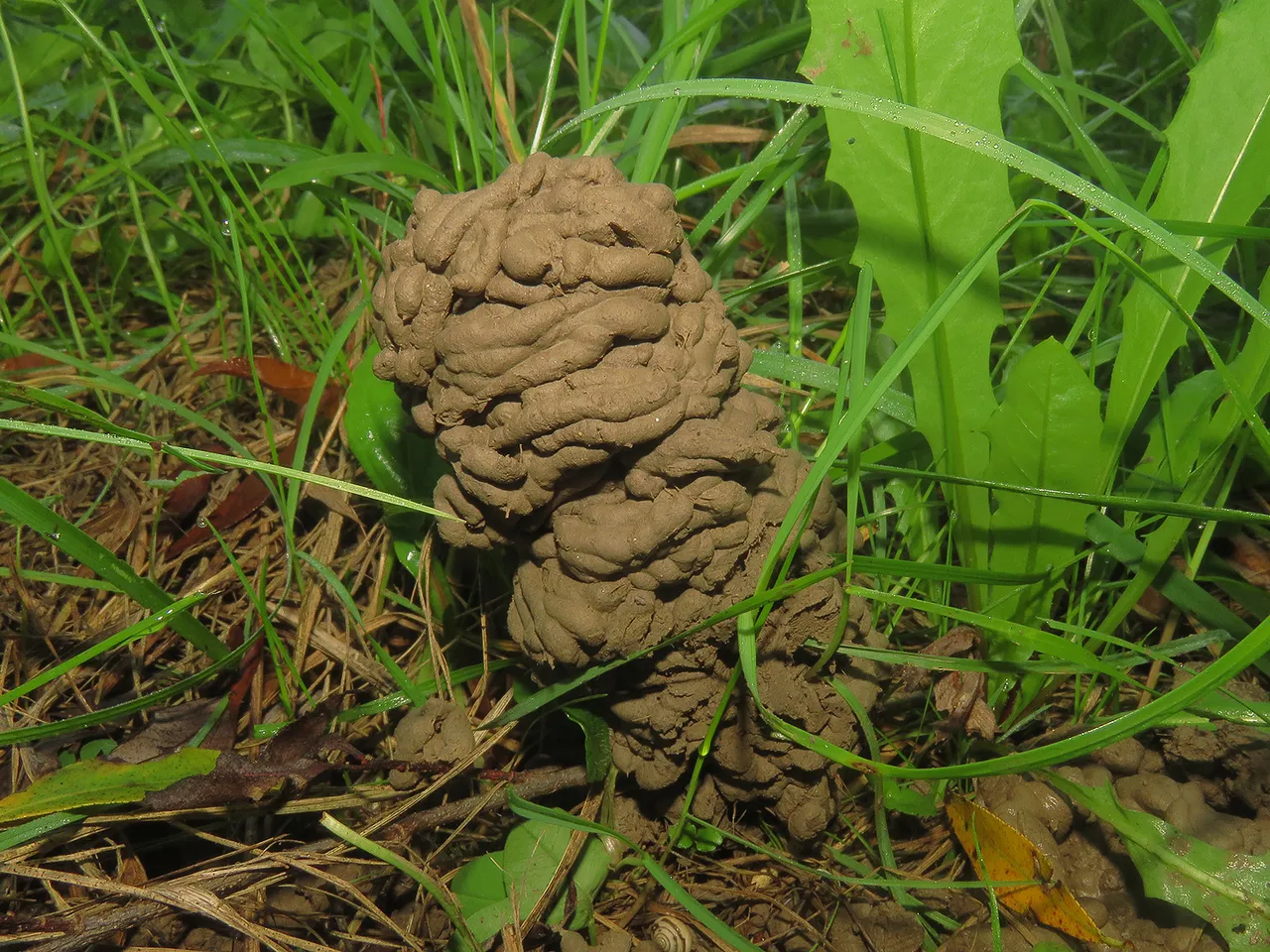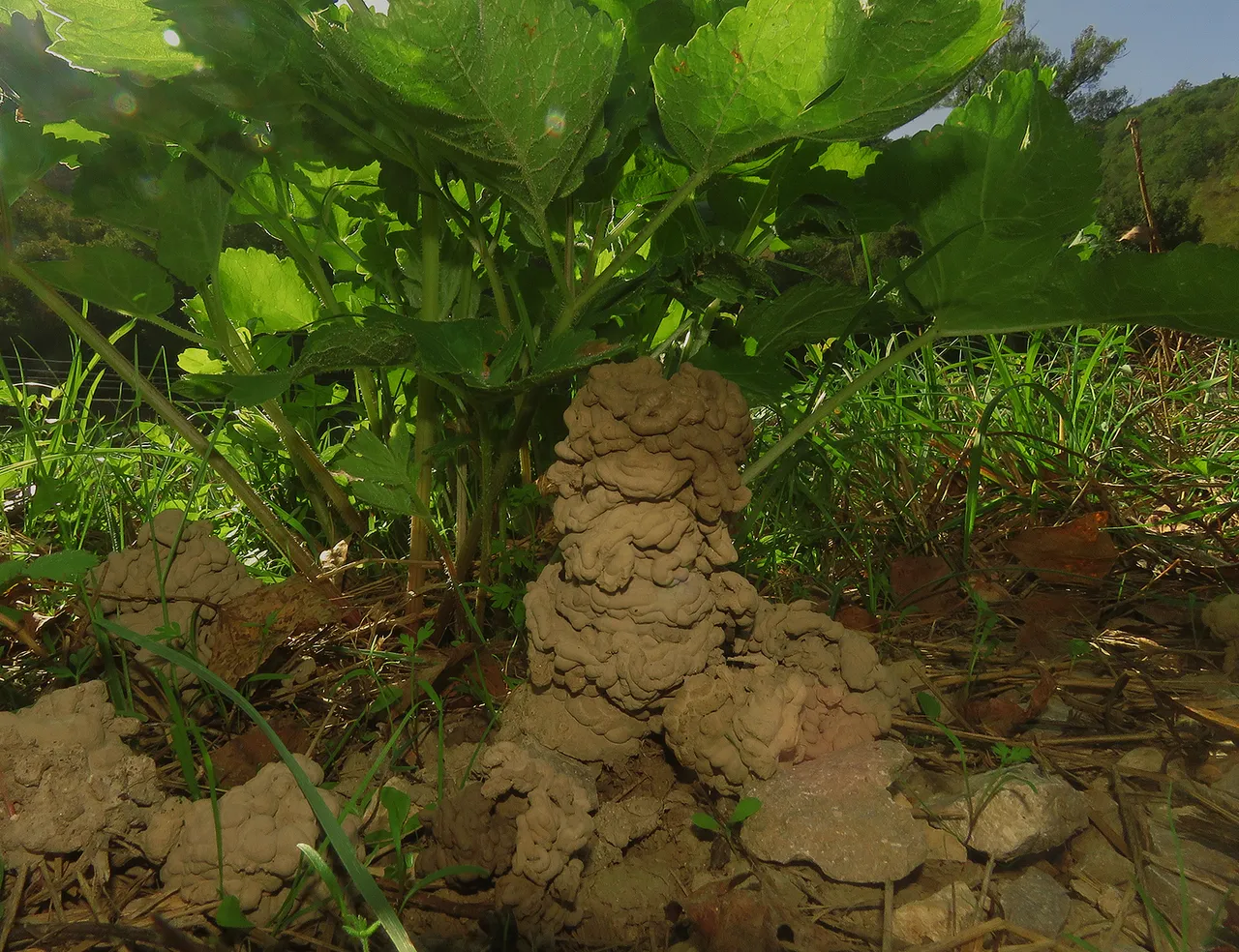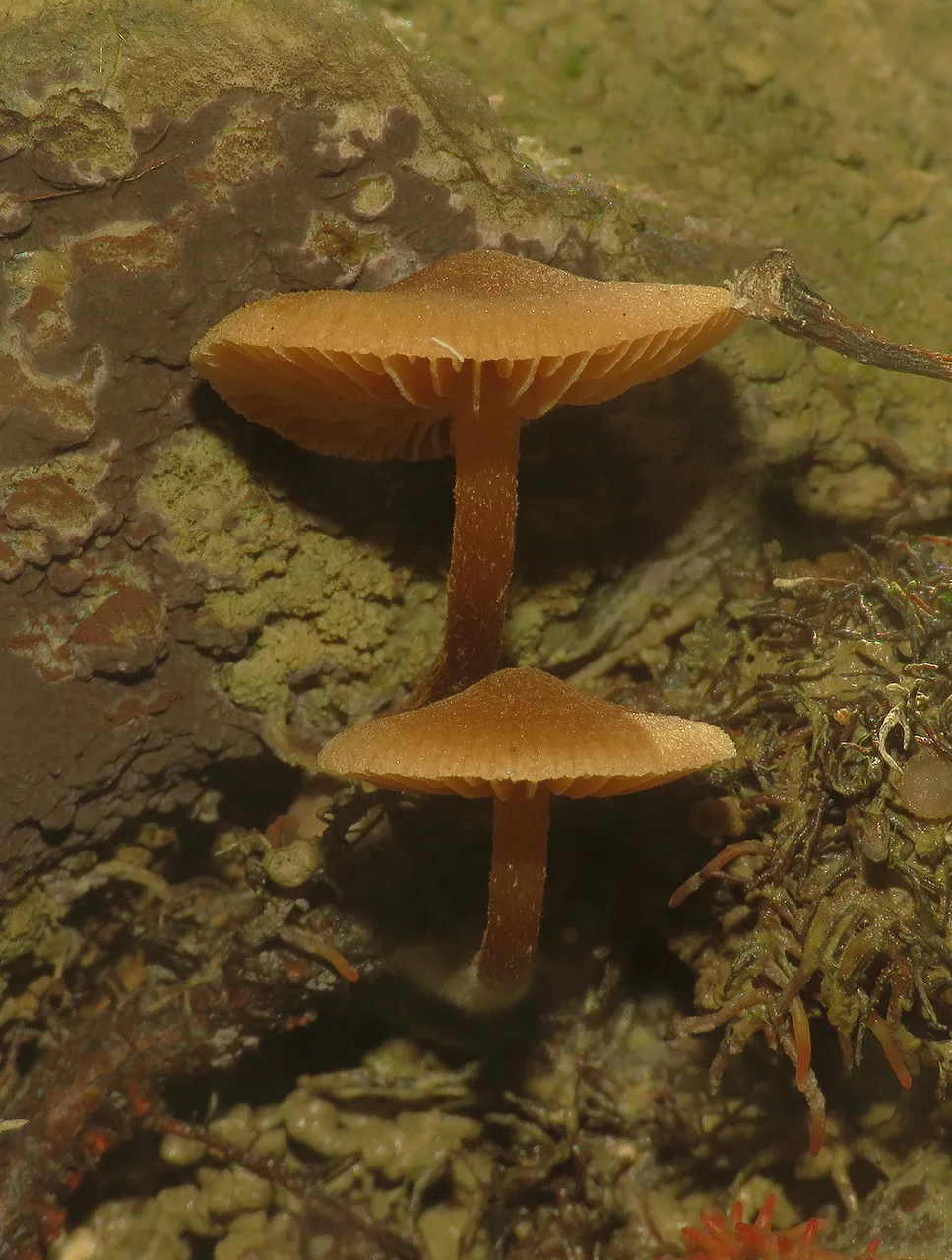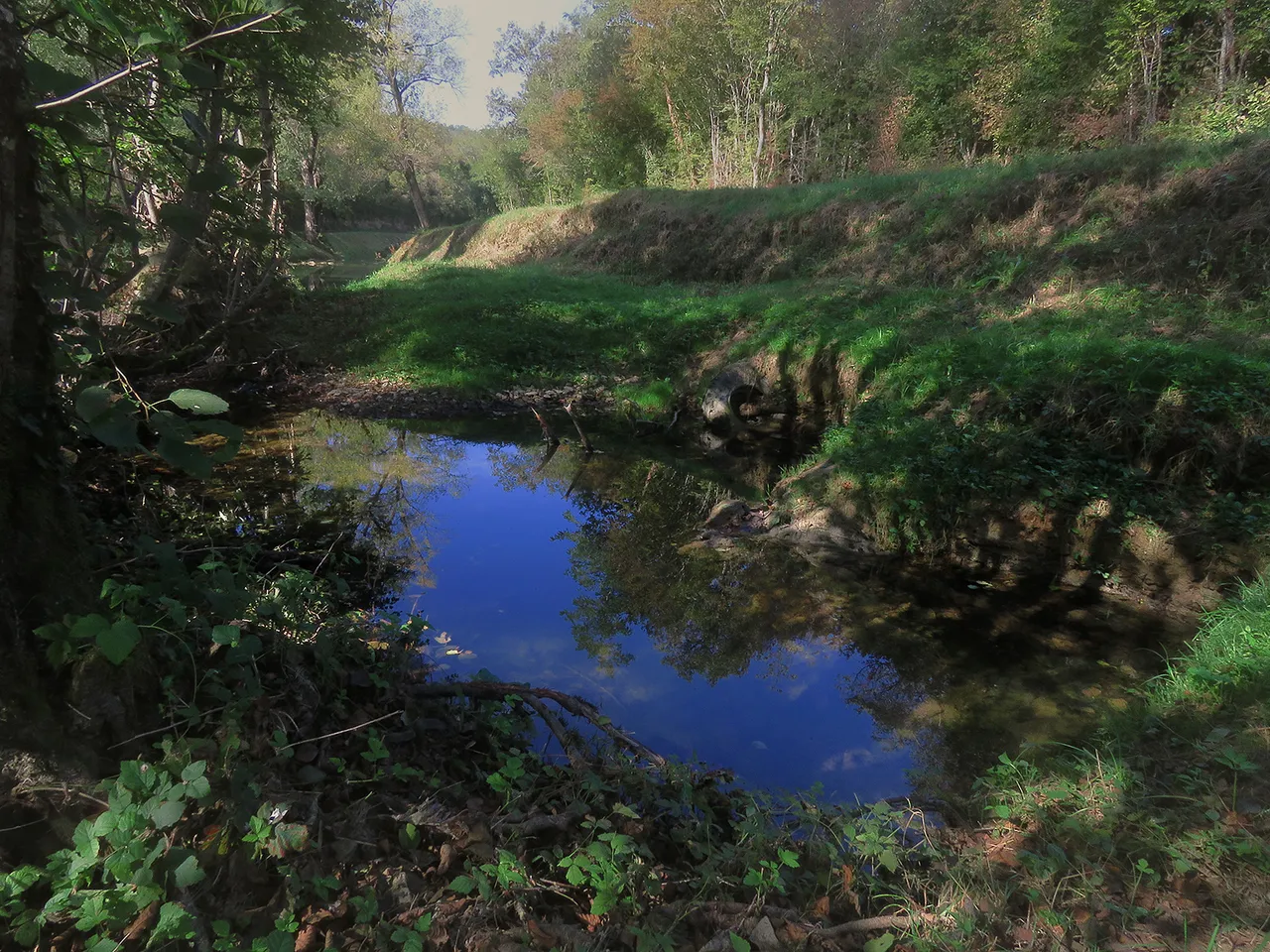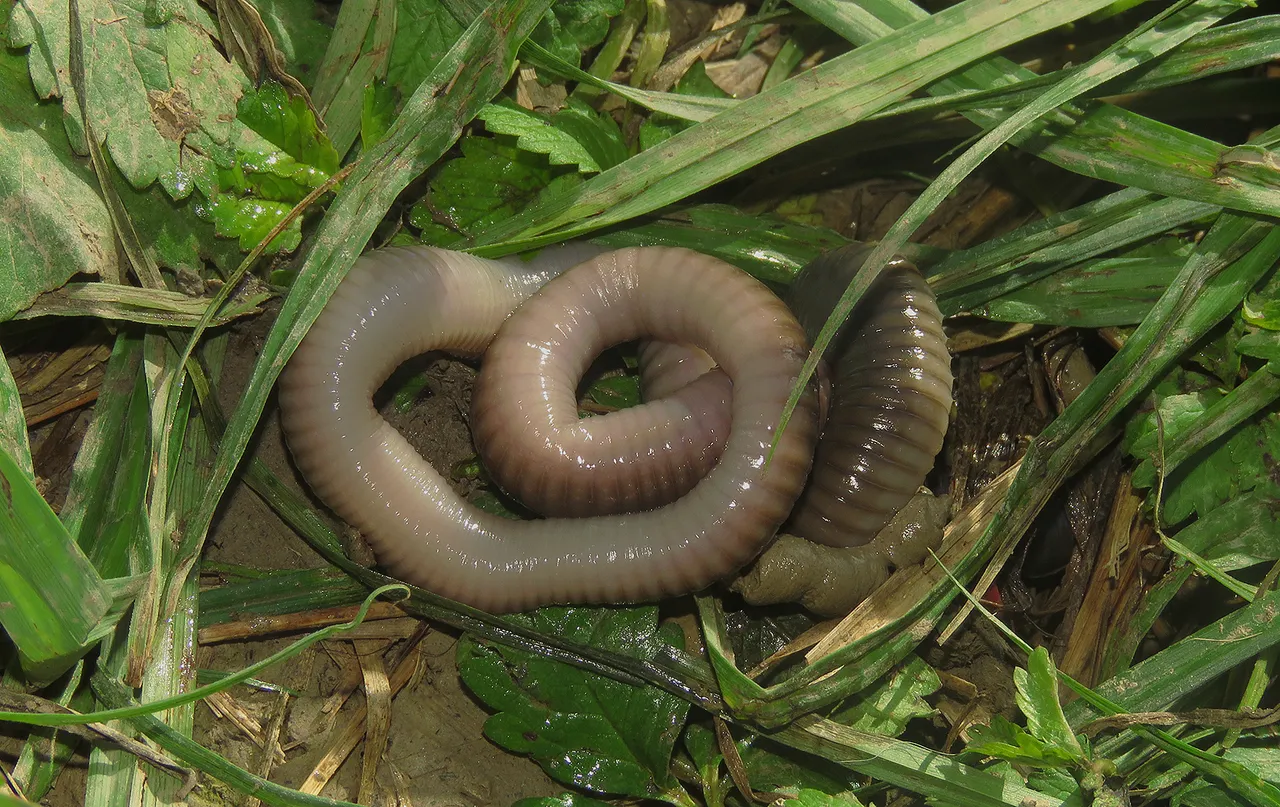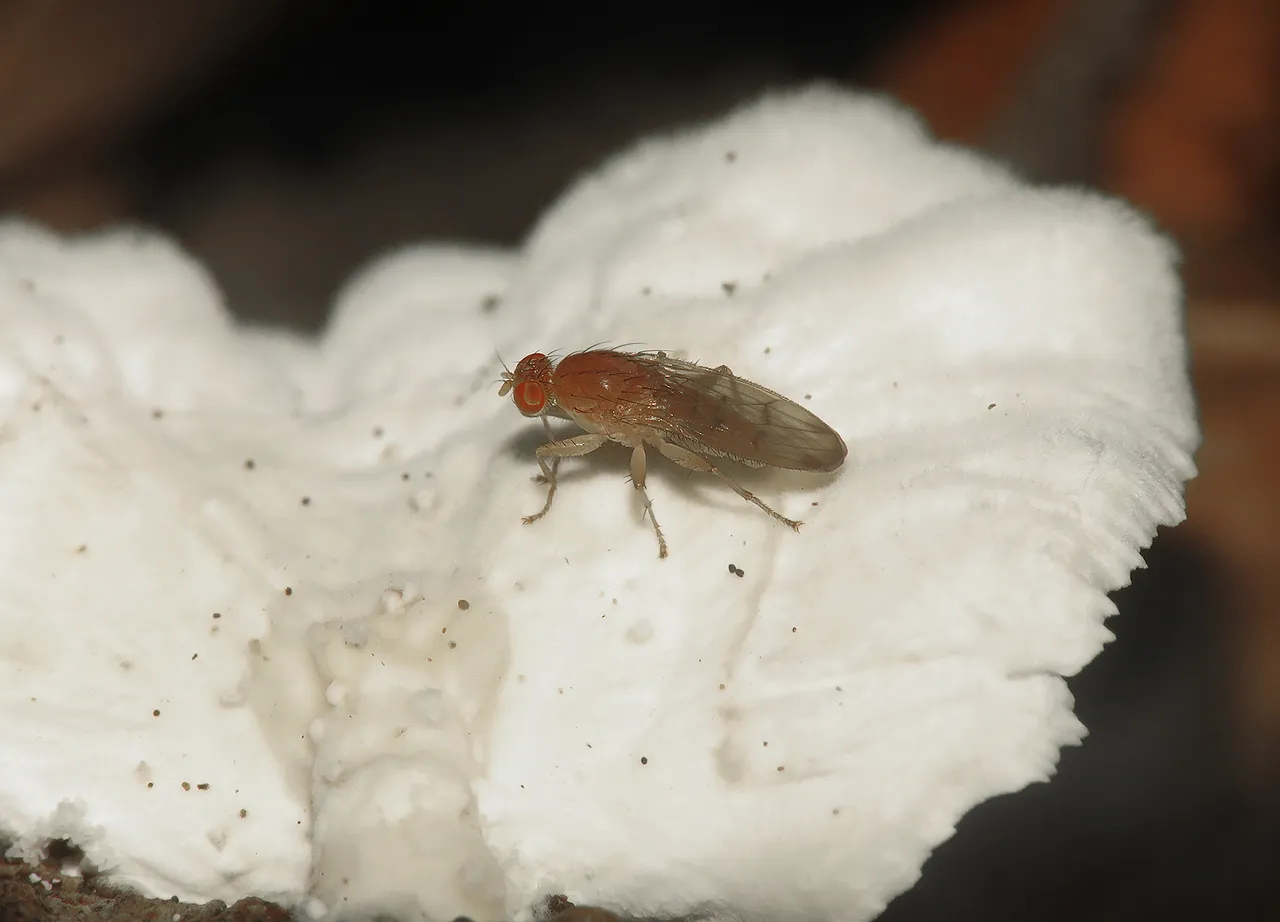The 11th of October last year was a nice sunny day. The early morning was humid and fresh so it felt a bit like autumn but all the rest still resembled the summer.
I woke up at dawn and half an hour later, I was ready to leave my house to drive northwards.
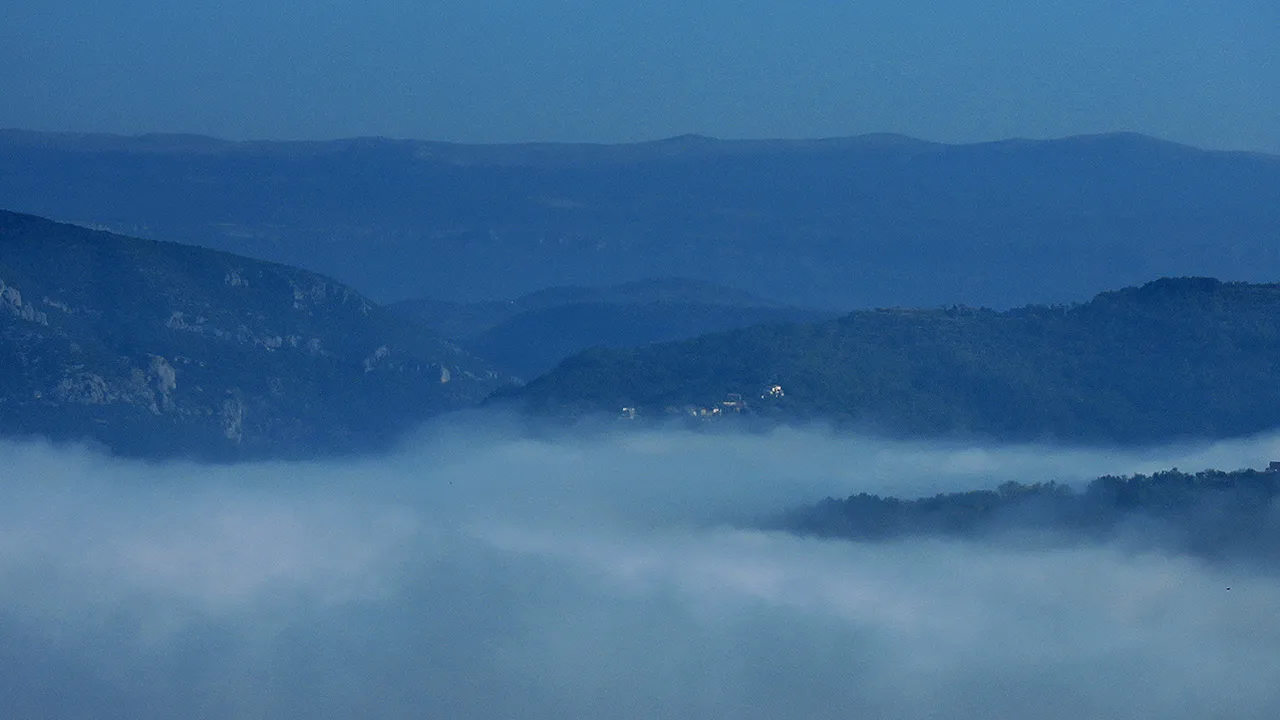
At 9 AM, I was approaching the sea of fog ...
... around the town of Motovun.
Motovun is a picturesque old town that has preserved its medieval urban layout.
As you can see in this shot, the town occupies the top of one of the hills in the northern part of Istra.
To get the previous photograph, I parked the car on the top of the neighboring hill, a couple of kilometers from Motovun.
Here you can see a friend who was there with me zooming in and shooting from the scenic viewpoint near the small parking lot ...

... by the side of the road that leads to Motovun and beyond. At this point, we were about 80 kilometers from home.
Only a few deciduous trees were ready for the autumn.

The scenery was still green.

Here you can see the large vineyard in the lower part of the hill I was standing on. The leaves of the grapevines were turning brown.
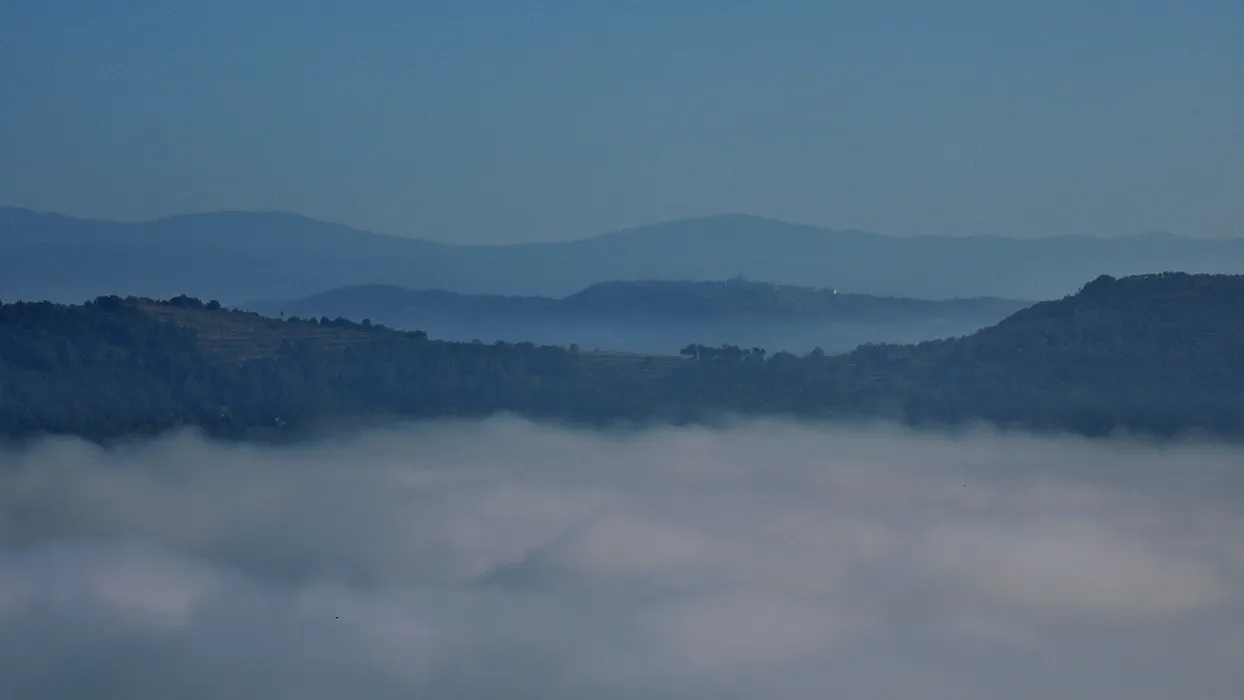
The valley behind the fog was hidden by what looked like a lake made of clouds.

Near the scenic viewpoint, across the parking lot where I left my car, there is a restaurant with a good view of Motovun and the surrounding scenery.
I didn't visit the place because I don't care about restaurants. I don't have enough money to care about that stuff.
The only thing about that fairly expensive eating place that caught my attention was a swarm of red roses that were climbing the rear part of the building.

Here you can take another look at the fog and the blueish scenery across the valley. The valley in question ...
... is the valley of the river Mirna, a place I visited an hour later.
More than half of today's post is dedicated to that valley and its flora & fauna but right now, I would like to show you a few more things photographed on and from the top of the hill.
There is a small, shady grove behind the restaurant. I found two interesting old machines there under the trees.
In the period between the two world wars, these thrashers were used to separate the grain from the straw during the harvest.
Here you can see a friend introduced earlier in the post observing the distant scenery through the lens of my camera that, due to its good zooming capability, can serve as some kind of binoculars.

In this photograph, I used the same camera to get a fragment of the scenery.
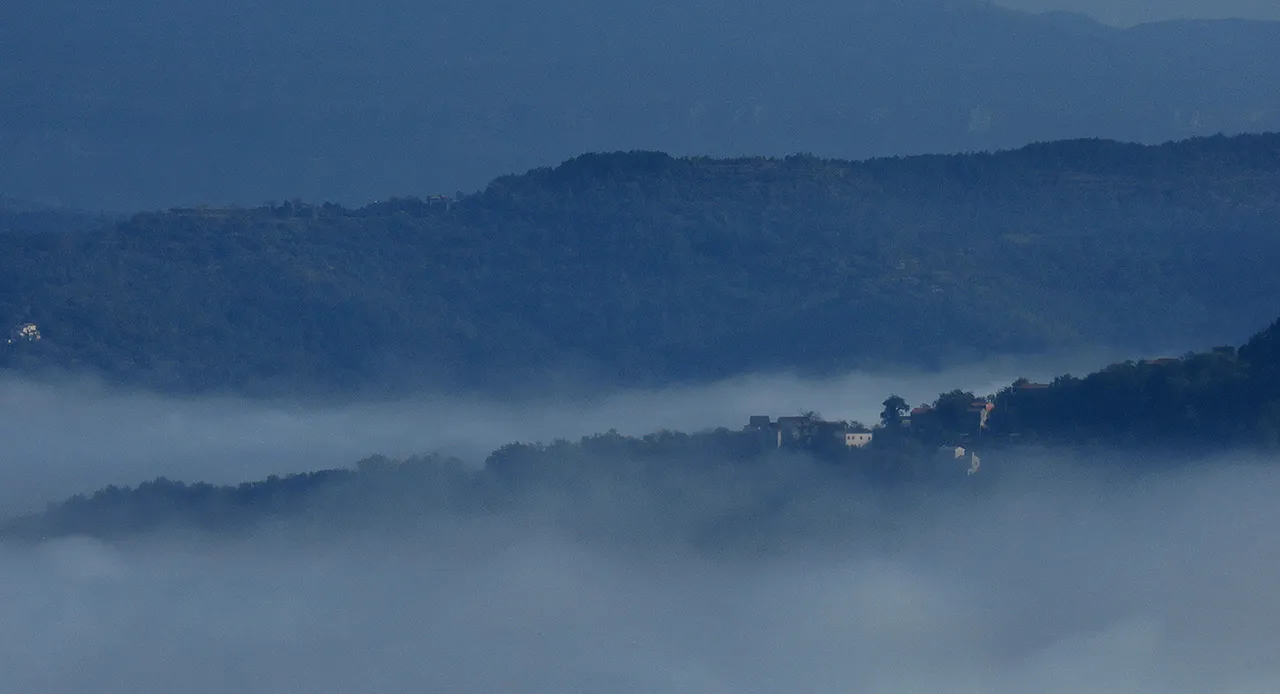
As the minutes were passing, the fog was rapidly dissolving.

Through this and the following two photographs ...
... you can follow that process.
After taking this shot ...

... I was ready to take the road that leads to the valley and continue the journey.
When I reached the stretch of river about ten kilometers further ...
... the fog was nowhere to be found.
Here you can see the Symphyotrichum leave flowers that were growing among the shrubs on the edge of the forest. This plant is native to North America.
On that stretch of the flow, there is a narrow belt covered with meadow, on both sides of the river between the water and the forest.
There I found some interesting small creatures ...
... and a series of amazing towers.
These things made of mud are fine examples of earthworm architecture.
Most of them were built the night before and were still humid.

This mostly dry one must have been older. Only its top was humid.

Here you can see the earthworm peeking from the hole on the top of another muddy tower.
Through this set of six photographs, you can observe the same worm upgrading its tower.
The following GIF ...

... shows the same work in motion. The worm is expelling small heaps of muddy soil through its digestive tract.
The scientific name of this large earthworm species is Octodrilus tergestinus. It belongs to the Lumbricidae family.
Some towers are firm and vertical while others are leaning and a bit messy.
Here I came closer to the muddy creation shown in the previous photograph. A small stretch of the worm's long body was visible through the lateral crack in the leaning tower.
On the humid herbaceous vegetation among the muddy towers, I found a leafhopper that, just like the Octodrilus tergestinus earthworm, can't be seen in my southern, seaside part of Istra.
The scientific name of this beautiful species from the Cicadellidae family is Cicadella viridis.
In these two photographs, the leafhopper was caught cleaning its mouth and eyes.
In this shot, the Cicadella viridis has produced a tiny droplet of honeydew. I haven't noticed it there by the river, while photographing the insect, only later at home when I saw the picture enlarged on the computer screen.
Cicadella viridis can live in a wide variety of habitats but prefers wet meadows near marshes, ponds, and rivers.
This Pisaura mirabilis, a spider from the Pisauridae family, resting on one of the nearby plants.
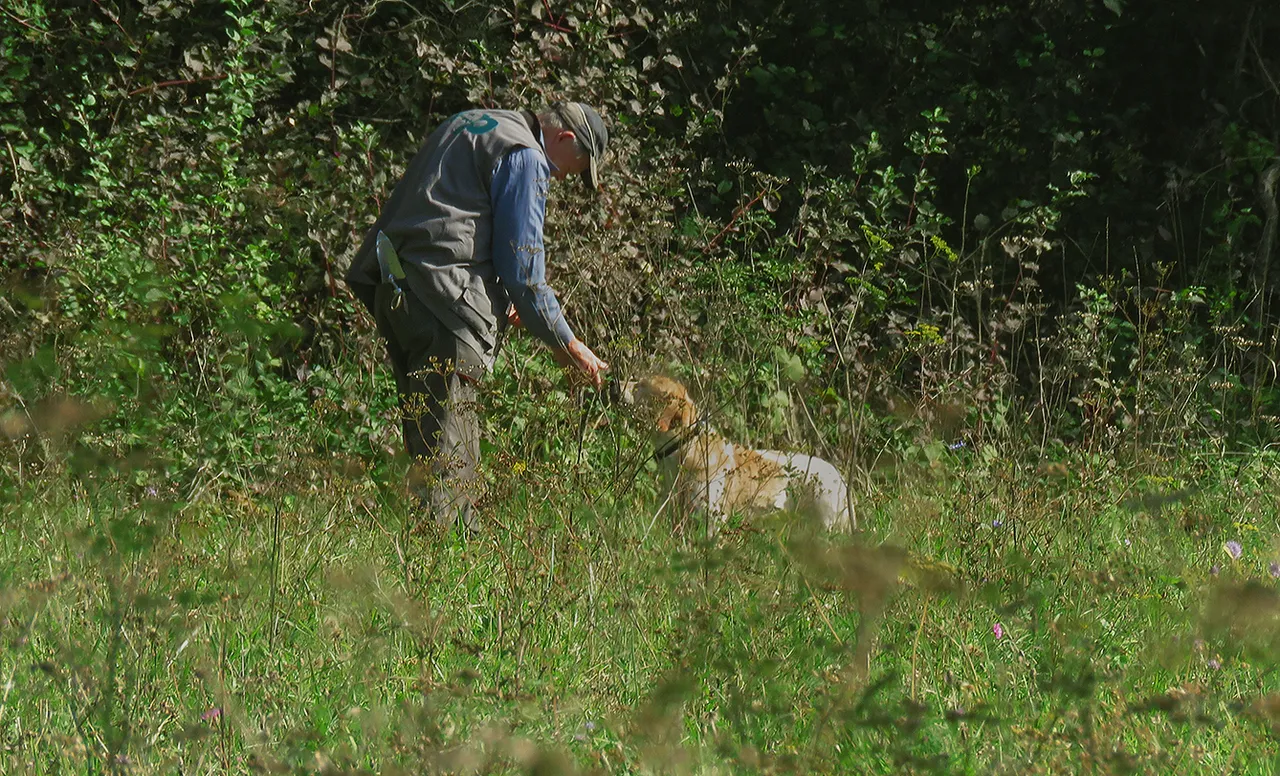
While I was exploring the terrain covered with earthworm towers, about a hundred meters from me, a man was training his dog to search truffles.
The forests around Motovun are rich in expensive white truffles.
Here you can see a muddy tower in the palm of my hand.
In the following shot ...
... you can see the Monacha cartusiana ...
... a small snail from the Hygromiidae family, that was slowly crawling ...
... across the earthworm tower shown in this photograph.

Monacha cartusiana is yet another species that can't be seen in my warmer and dryer southern area.

I took quite a few photographs while trying to catch the snail in various poses.

On the fallen leaf near the muddy tower, I photographed this colorful springtail from the Dicyrtomidae family. The name of the species is Dicyrtomina ornata.
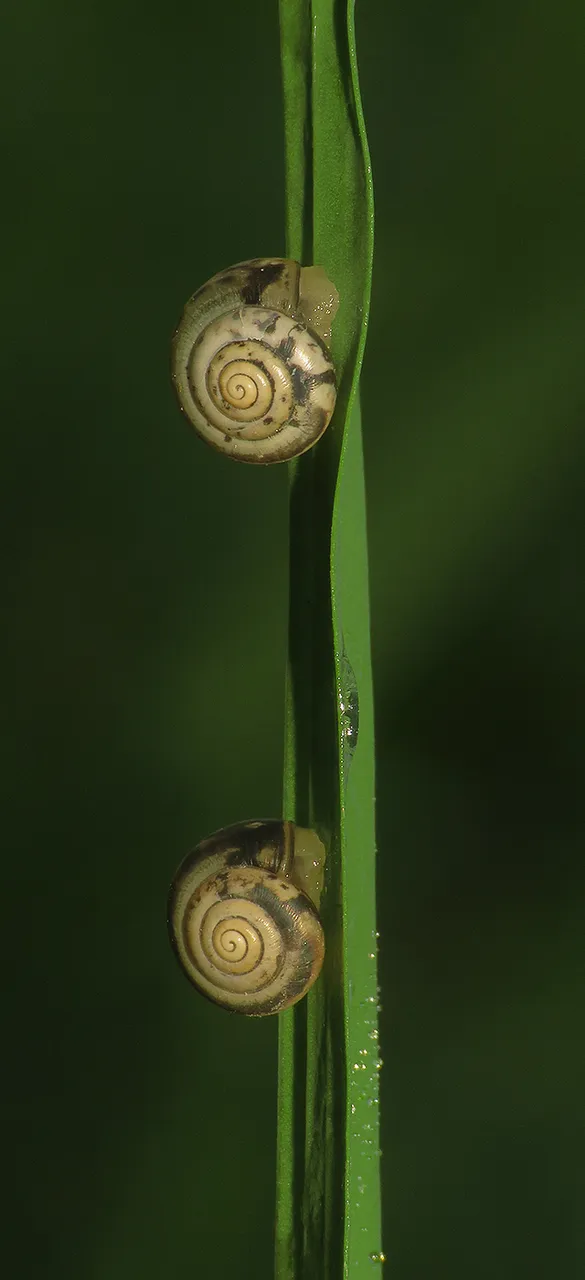
In Monacha cartusiana the look of the shell can vary from individual to individual. All three snails presented in today's post have different markings.
In the following shot ...
... you can see the same two snails resting on the blade of grass but they were photographed from a slightly different angle this time.
About twenty meters further ...
... near a group of earthworm creations built under the large leaves of the Heracleum sphondylium plant ...
... I photographed a much bigger snail.
This is the fully grown Monacha cartusiana.
The small snails of the same kind shown earlier in the post were all juveniles.
A bit later and a little less than a hundred meters further along the river, I photographed a Lasiommata megera butterfly feeding on nectar produced by the Centaurea nigrescens flowers.
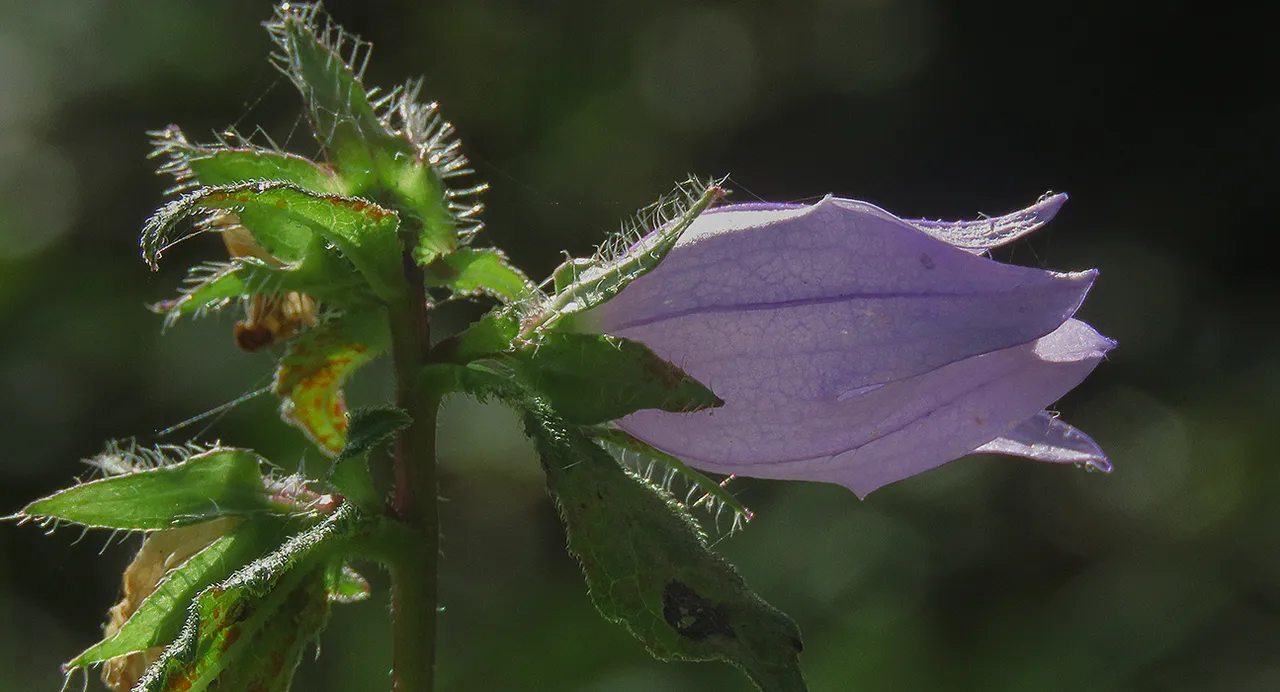
This flower of the Campanula trachelium plant was found and photographed in the same area.
The following shot ...
... was taken much closer to the river.
I washed my face purely for the pleasure of feeling the cold water on a warm, sunny October day, and then ...
... I noticed a few groups of mushrooms
The small brown mushrooms have grown among the moss ...
... on the humid mud ...
... very close to the water.
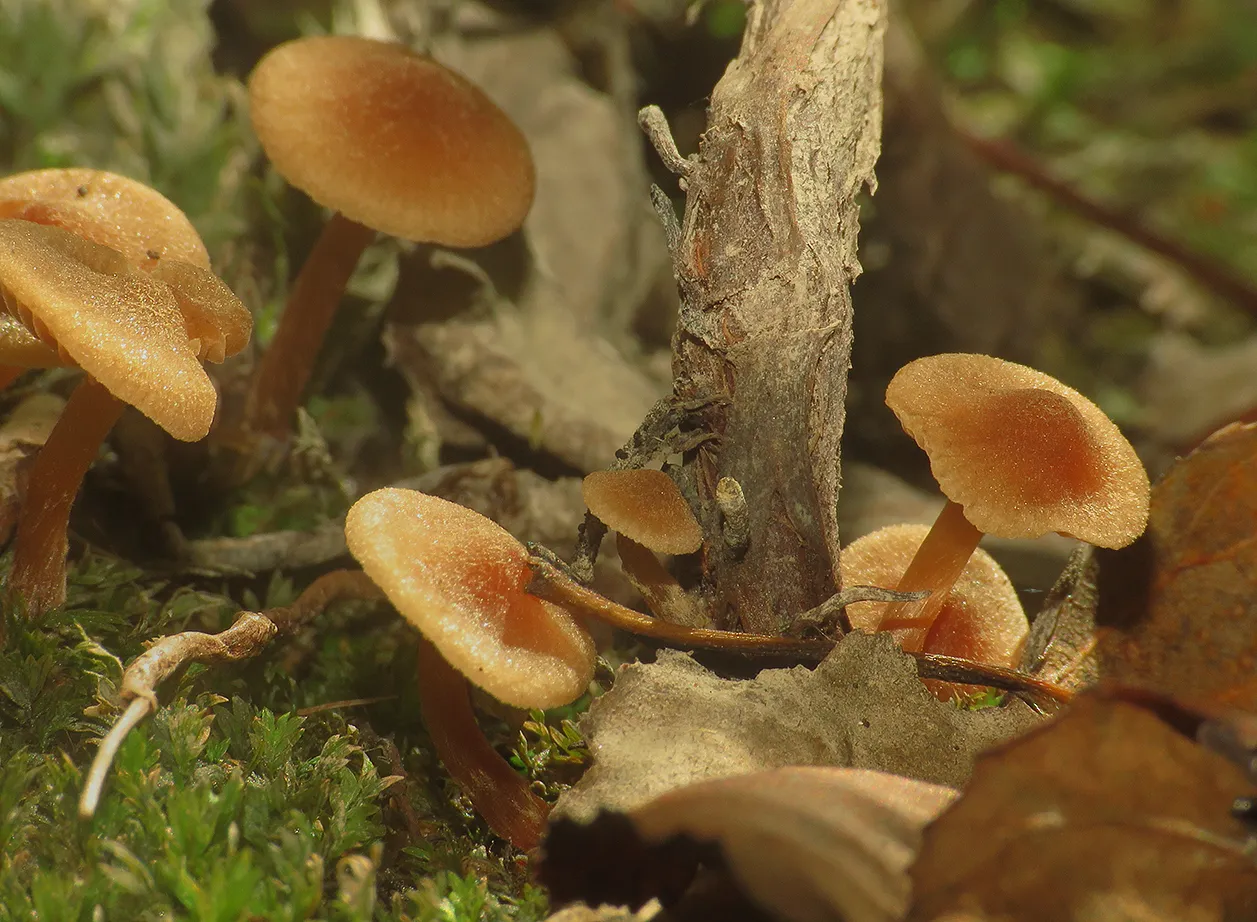
I'm not sure about the species.
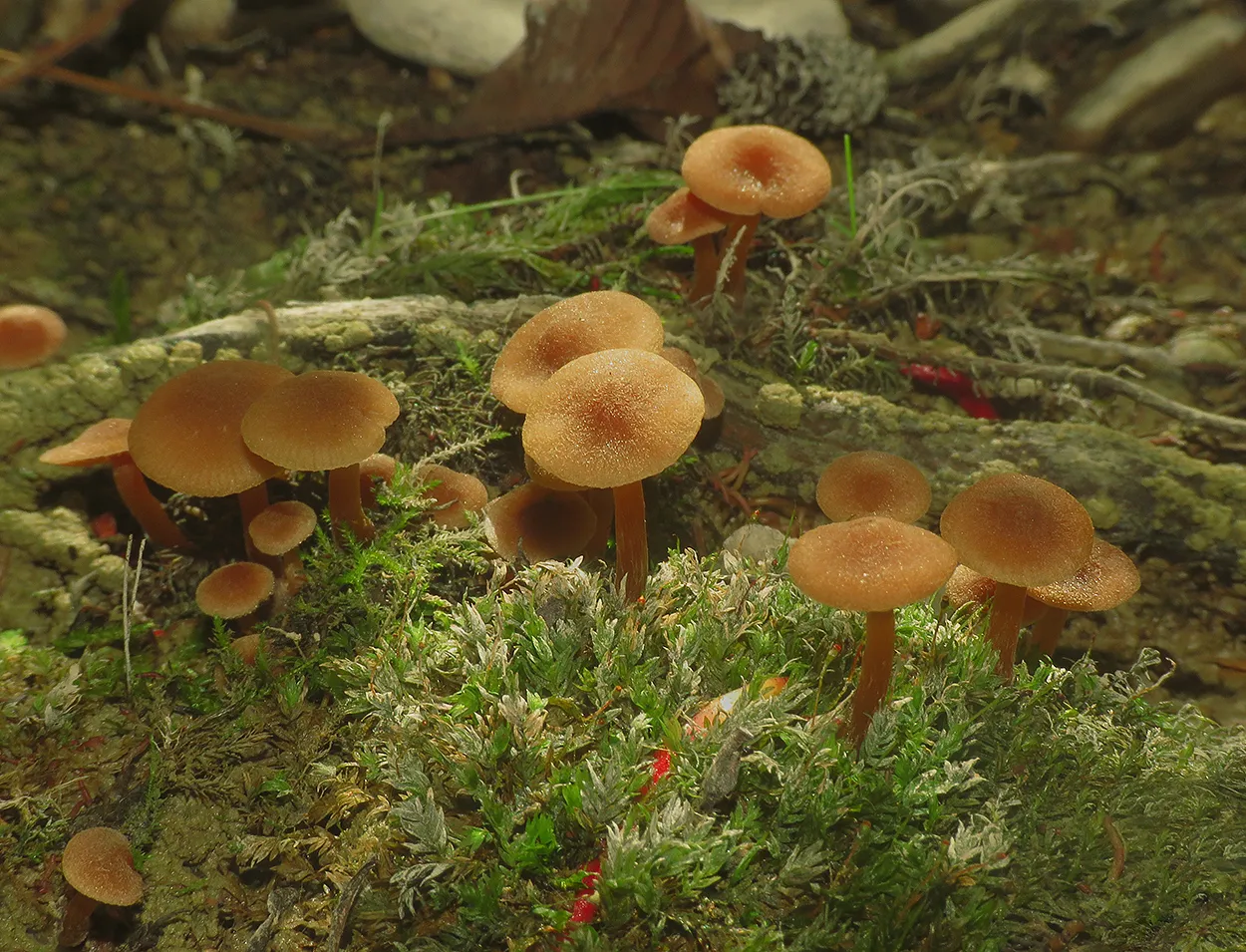
It could be the Laccaria laccata from the Hydnangiaceae family.

With this photograph, you can take a break from the fungi and meditate for a few seconds above the clear water of the river Mirna.
The mushrooms were numerous and pretty photogenic ...
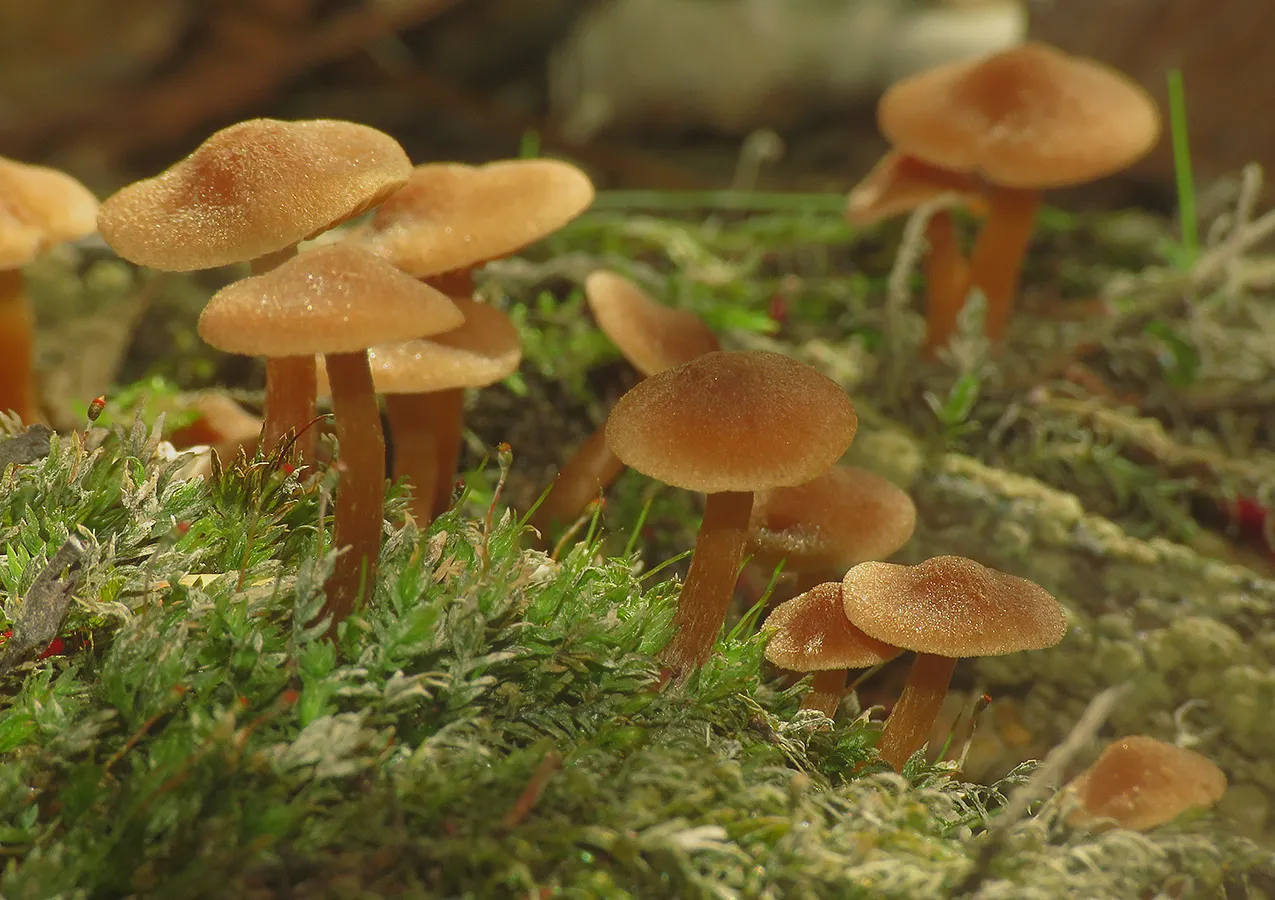
... so I took quite a few fungi-themed photographs on the 11th of October 2023.
A few too many, perhaps.
Only five or six meters from the place with the mushrooms ...
... there was a small pond separated from the river by a narrow stretch of dry land with two trees.
Near the pond, I photographed this Lonchoptera lutea ...
... a fly from the Lonchopteridae family ...
... and a well-camouflaged moth larva that I wasn't able to identify.
When I left the pond, I walked to my car and drove a couple of kilometers back toward the town of Motovun.
Then I took a narrow side street that, only a couple of hundred meters further, led me to one of the narrow, partially dried canals of the river.

This earthworm was found and photographed there.
Not only can you finally see the Octodrilus tergestinus earthworm in its entirety at this point in the post ...

... but you can also see it move.
It looked like the worm was in some kind of trouble ...

... but I can't tell you what kind of trouble it could have been.
Here you can see a bit of the scenery in the area along the canal.
The vegetation was lush and green.
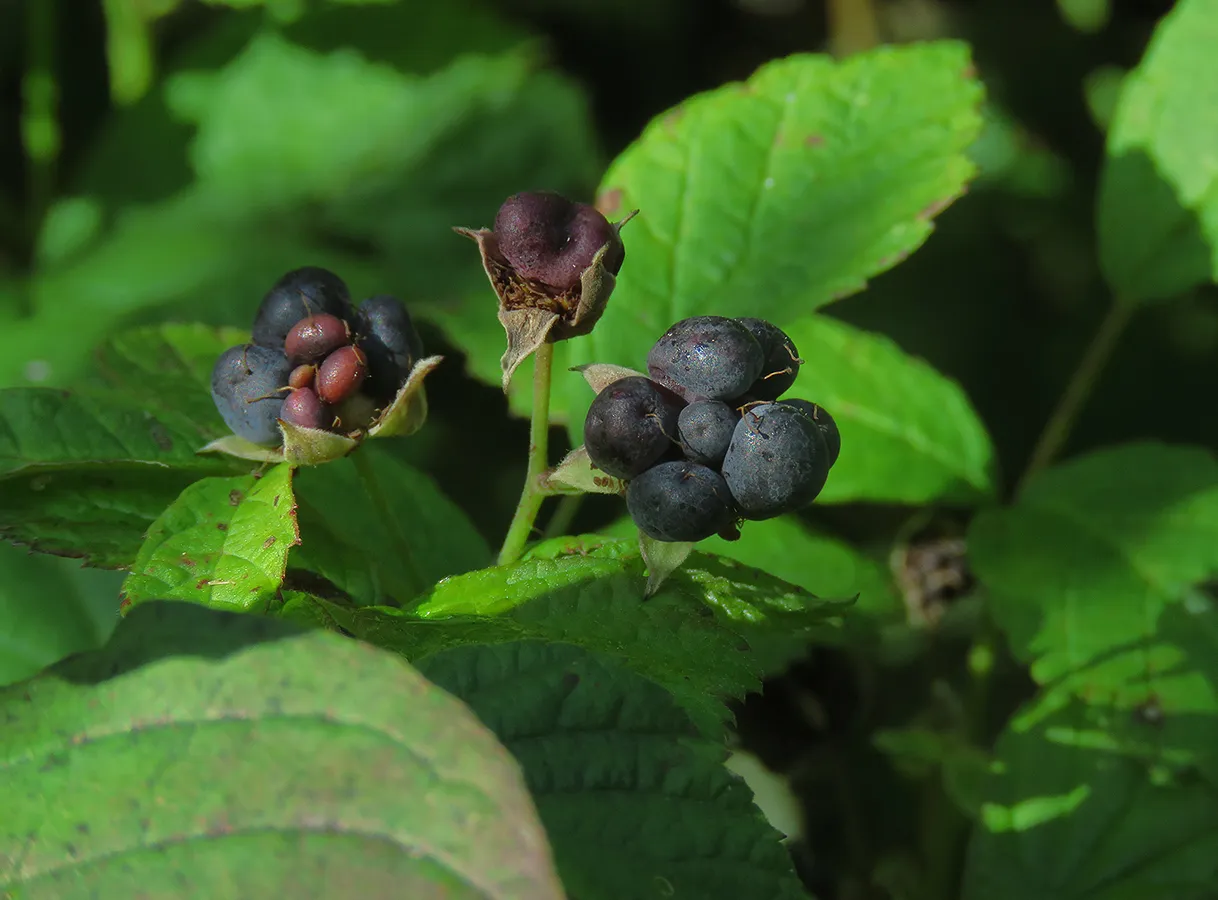
Before entering the forest, I ate a few dewberries from the shrubs on its edge.
Rubus caesius is the scientific name of this plant commonly known as the European dewberry.
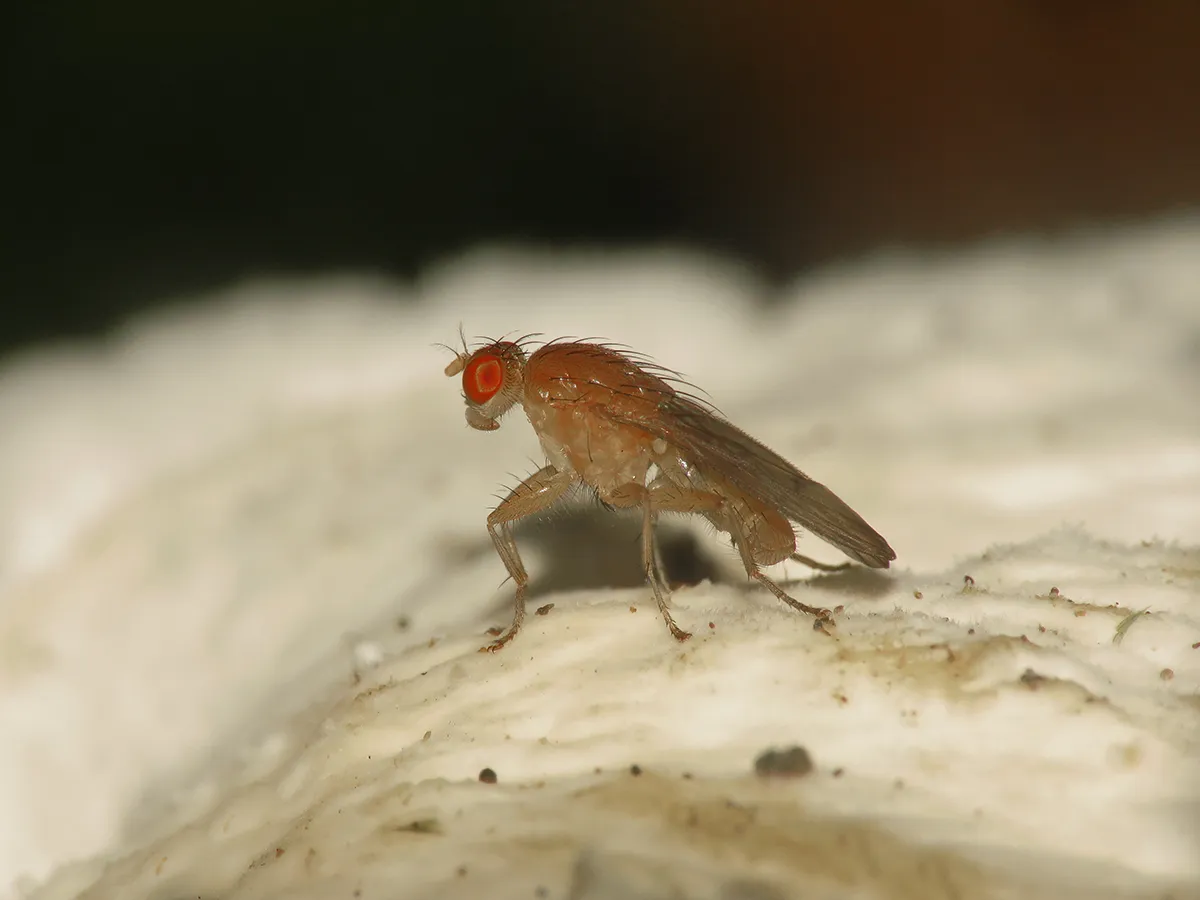
This fly, photographed in the shade under the trees ...
... was posing on the top of a mushroom.

One of quite a few pale mushrooms ...

... that were growing on a rotting branch down on the forest floor.
I can't tell you the name of the species. If I had to guess at all costs, I'd say that these fruiting bodies belong to the Antrodiella semisupina or some other fungus from the genus Antrodiella in the Steccherinaceae family.
I'm sure that the fly belongs to the genus Suillia in the Heleomyzidae family ...
... but I can't tell you what species exactly this is.
In this shot, the mushrooms were photographed from a different angle. The camera was on the ground so you can take a look at the lower parts of the fruiting bodies.

Here I used the macro lens to get closer to the pores.
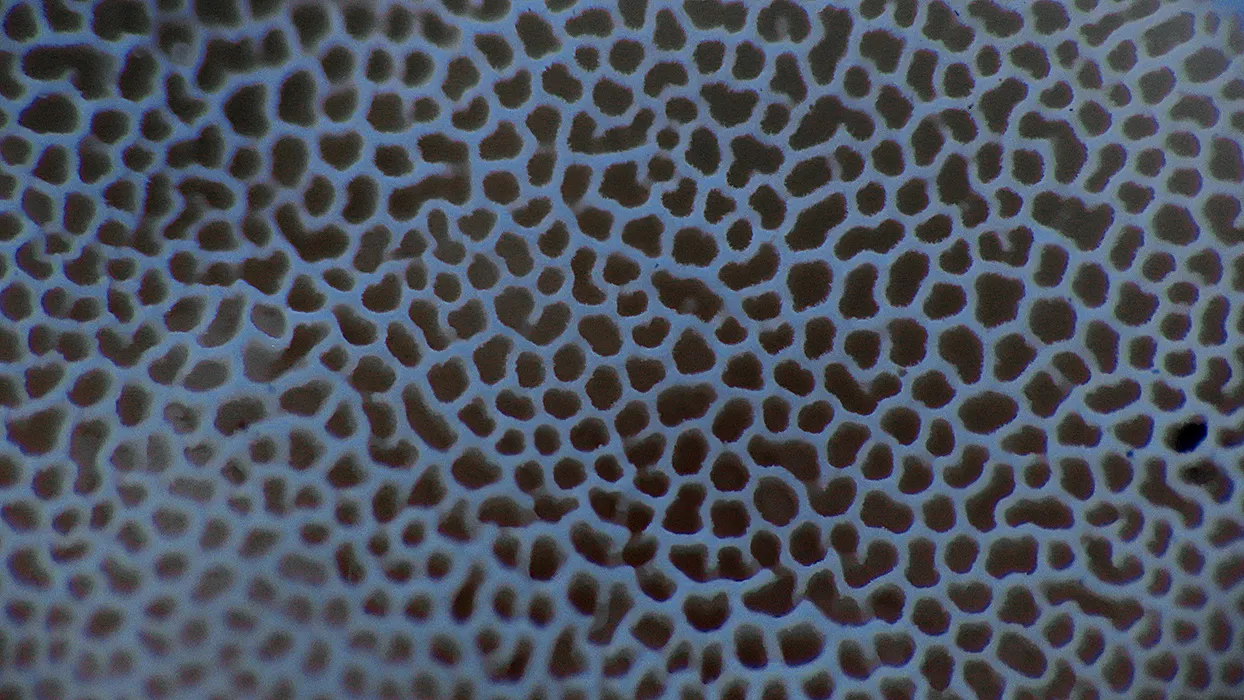
The pattern they are forming is quite photogenic.
This spider from the Lycosidae family was running around the leaf litter and ivy. This and the following photograph ...
... were taken when the spider stopped for a few seconds.
The name of the species is Pardosa lugubris.
While there, not very deep in the forest, I also photographed this small, gracile mushroom I later wasn't able to identify ...
... and the much bigger Leucoagaricus leucothites.
AND THAT'S IT. AFTER SPENDING AN HOUR ON THE EDGE OF THE FOREST, I DROVE STRAIGHT BACK HOME.
AS ALWAYS HERE ON HIVE, THE PHOTOGRAPHS ARE MY WORK.
The following links will take you to the sites with more information about some of the protagonists of today's post. I found some stuff about them there.
https://en.wikipedia.org/wiki/Symphyotrichum_laeve
https://www.researchgate.net/figure/Large-Octodrilus-species-and-its-casts-A-Oc-tergestinus-from-Montona-Croatia-B-Cast_fig3_328101137
https://en.wikipedia.org/wiki/Cicadella_viridis
https://en.wikipedia.org/wiki/Pisaura_mirabilis
https://www.inaturalist.org/taxa/105970-Monacha-cartusiana
https://www.naturespot.org.uk/node/132553
https://en.wikipedia.org/wiki/Lasiommata_megera
https://en.wikipedia.org/wiki/Centaurea_nigrescens
https://en.wikipedia.org/wiki/Campanula_trachelium
https://en.wikipedia.org/wiki/Laccaria_laccata
https://en.wikipedia.org/wiki/Lonchoptera_lutea
https://en.wikipedia.org/wiki/Rubus_caesius
https://www.inaturalist.org/taxa/319830-Suillia/browse_photos
https://svampe.databasen.org/taxon/69081
https://www.inaturalist.org/taxa/328290-Antrodiella/browse_photos
https://www.inaturalist.org/taxa/360429-Pardosa-lugubris

